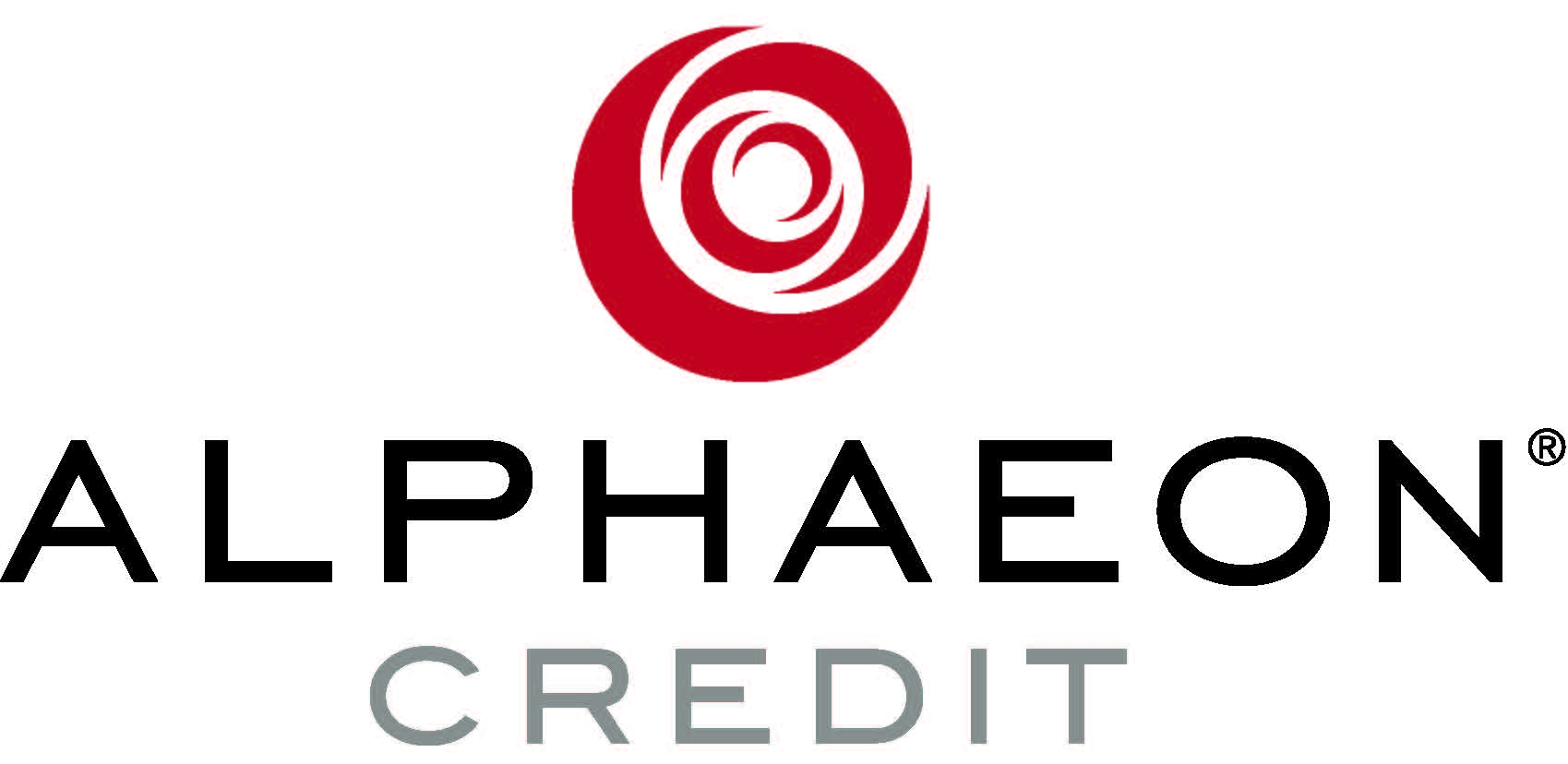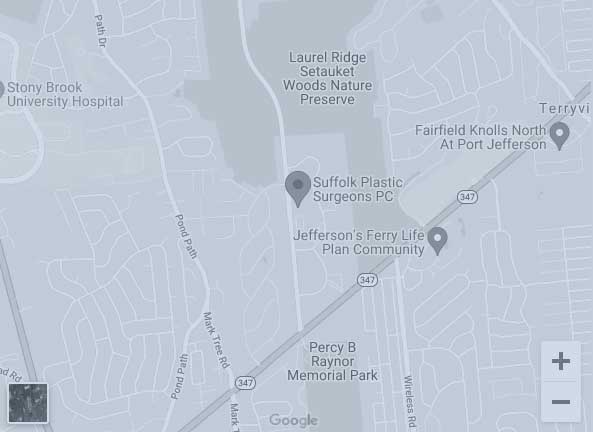 Looking to shed a few stubborn pounds? Liposuction has long been the preferred treatment for permanently removing unwanted fat deposits. And now, with the introduction of CoolSculpting®, clients have a choice. The question is, which procedure is right for you? Let’s take a look at exactly what each procedure involves, including its pros and cons.
Looking to shed a few stubborn pounds? Liposuction has long been the preferred treatment for permanently removing unwanted fat deposits. And now, with the introduction of CoolSculpting®, clients have a choice. The question is, which procedure is right for you? Let’s take a look at exactly what each procedure involves, including its pros and cons.
Liposuction
Believe it or not, liposuction, also known as lipoplasty or suction lipectomy, has been around since the 1920s, when it was first introduced in France. It finally gained popularity during the 1980s, after a suction-assisted method of removing fat was introduced, and quickly became a common cosmetic treatment. Newer technology has evolved over the years to provide greater accuracy with shorter recovery times. Today, most liposuction techniques involve a minimally-invasive surgical procedure using a small, thin tube, or cannula, inserted into tiny incisions. It is currently the most popular cosmetic procedure performed in the United States.
Pros:
- Effective for small, targeted areas
- Works on small pockets of stubborn fat
- Offers immediate results
- Limited amount of pain during recovery
- Works well for those in good health
- Outpatient process
- General anesthesia is not required
- No stitches necessary
- Can usually return to work within a few days
- Results can be permanent
Cons:
- Not an effective technique for major weight loss
- Is not recommended for those with serious health issues
- Exercise and strenuous activity must be avoided for a few weeks
- Weight gain after the procedure may alter results
- May result in minor, local scarring
CoolSculpting®
CoolSculpting, or cryolipolysis, was first approved by the FDA in 2010 for use in destroying subcutaneous fat. Sections of skin and underlying fat in target areas are pulled up into a device where they are cooled enough to damage the fat cells without harming the surrounding skin and connective tissue. The treated fat cells then crystallize, die, and are safely absorbed by your body over time.
Pros:
- Effective for small, targeted areas
- Works on small pockets of stubborn fat as well as generalized areas
- Few side effects that resolve completely within a few weeks
- Works well for all patients
- No scarring
- Outpatient process
- No anesthesia is necessary
- No needles or cuts to the skin required
- Can usually return to work immediately
- No need to avoid exercise or strenuous activity
Cons:
- Not an effective technique for major weight loss
- Weight gain after the procedure may alter results
- May require more than one treatment
- Results will not appear for a few weeks
- May cause temporary bruising, swelling or numbness
- Long-term results unknown
How To Decide on a Treatment
The best way to decide on any cosmetic procedure is by scheduling a consultation with a specialist who is experienced in the procedure(s) you are considering. Far more goes into recommending the specific treatment that may be best for you than can be covered in any blog post. To learn more about your options for cosmetic fat reduction, schedule a free consultation with one of our board-consultants.






